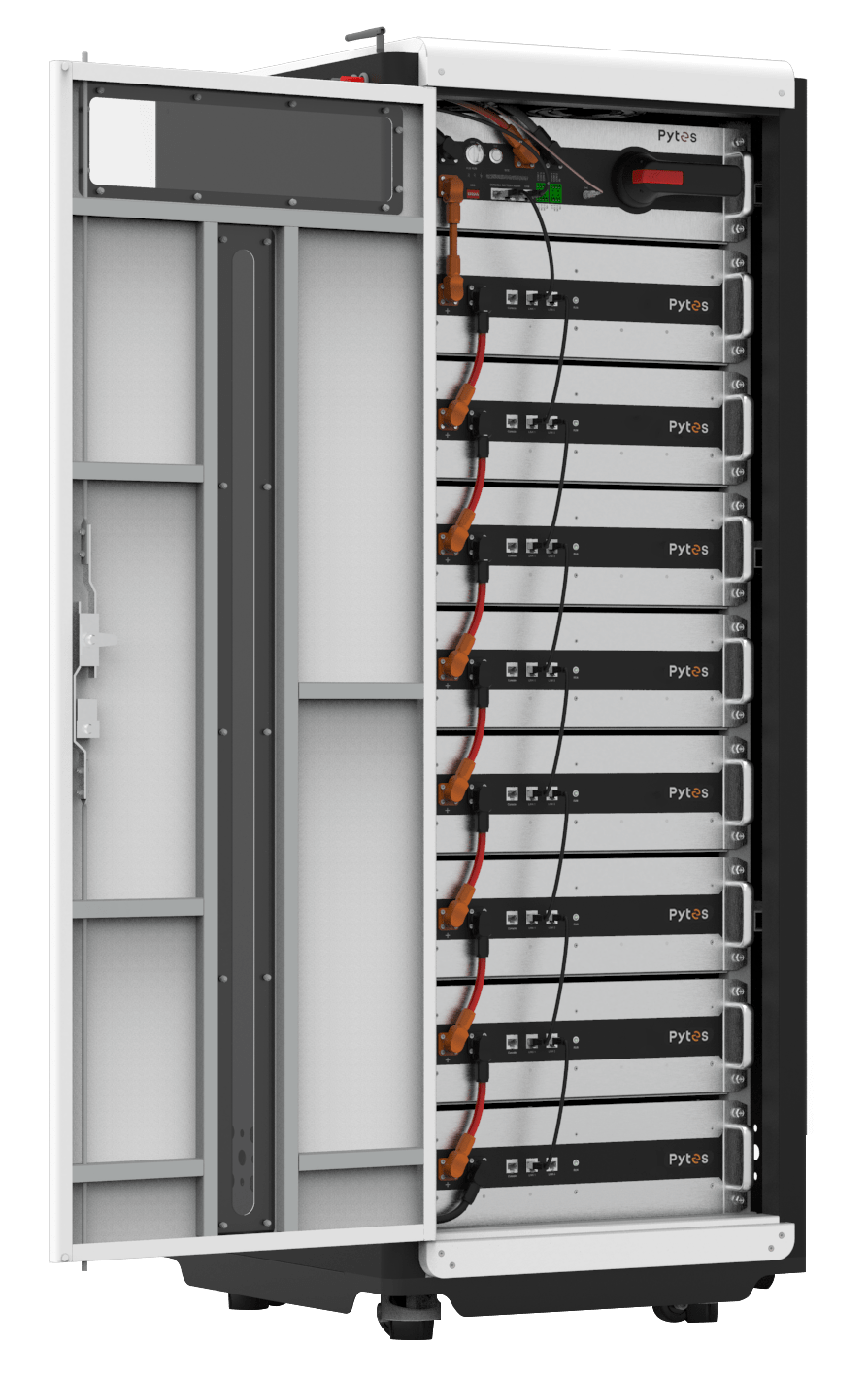
Return on investment is a financial metric that helps investors determine the profitability of an investment relative to its cost. In the context of high voltage lithium ion batteries, ROI can be calculated by considering the costs associated with the purchase, installation, and maintenance of the battery system, as well as the savings and revenues generated from its operation. The ROI of an HV battery pack is influenced by several factors, including its energy capacity, efficiency, lifespan, and the cost of electricity.

The initial investment in a high voltage battery pack includes the purchase price, installation costs, and any necessary infrastructure upgrades. For instance, Pytes HV48100 is a high-voltage battery management system that integrates a battery pack, high voltage control box, and IP20 protection grade cabinet. The cost of this system will vary depending on the scale of the installation and the specific requirements of the application, such as charging stations, buildings, or factories.
Operational costs for high voltage batteries include ongoing maintenance and potential replacement of components. Pytes HV48100 is designed for durability and longevity, which can reduce maintenance costs over time.
The primary way high voltage batteries generate ROI is through energy savings and revenue generation. By storing energy during off-peak hours and discharging it during peak demand, HV batteries can help businesses and utilities reduce their electricity costs. Additionally, in some regions, there are incentives and subsidies for using renewable energy storage systems, which can further increase the ROI.
Temperature management plays a significant role in the performance and longevity of high voltage batteries. Pytes V5° battery, for example, is designed with a heating system to maintain optimal operating temperatures, which is crucial for maintaining efficiency and extending the battery's life. Proper temperature management can prevent thermal runaway, reduce the risk of failure, and ensure the battery operates at peak performance, all of which contribute to a higher ROI.
To calculate the ROI of a high voltage battery pack, we can use the following formula:

Where:
- Net Profit is the total savings and revenues generated from the battery's operation minus operational costs and maintenance.
- Total Investment is the sum of the initial investment and ongoing costs.
For example, if a business invests $100,000 in an HV48100 system and saves $20,000 per year in electricity costs, with $5,000 per year in maintenance, the net profit would be $15,000. The ROI would then be:

This is a simplified example, and the actual calculation may involve more variables and a longer time horizon to account for the battery's lifespan and potential changes in energy prices.
When considering the ROI of high voltage batteries, it's important to take a long-term perspective. The initial investment may be high, but the savings and revenues generated over the battery's lifespan can result in a substantial return.
https://www.pytesess.com/industry/Safety-and-Performance-Merge-The-48V-E-Box-48100R-LFP-Battery.html